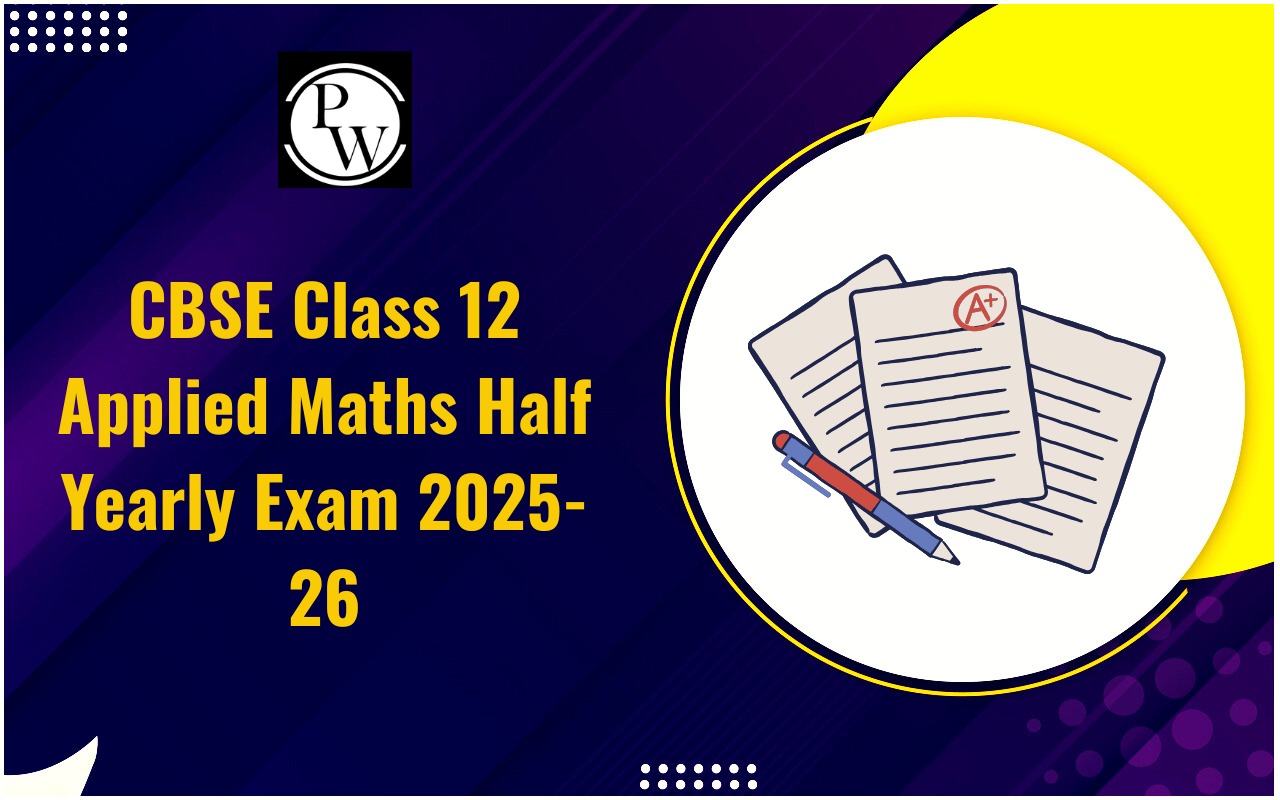

In our day-to-day experiences, we often come across the concept of 'demand' in relation to goods and services. Within the business domain, the demand for a product holds significant sway over its value and directly affects a company's financial outcomes. Here, we delve into the core aspects of demand, exploring its determinants of various types and emphasizing its crucial role in shaping the success or failure of a business.
What is Demand?
Demand is essentially the willingness of consumers to buy goods and services at a given price. Simply put, it's about how many items people are ready to purchase at different prices within a specific timeframe. Preferences and choices are at the core of demand, influenced by factors like cost, benefits, profit, and other variables. The quantity of goods a customer decides to buy depends on the price of the product, the prices of other items, the customer's income, and their personal tastes. This quantity that a customer is willing and able to buy at given prices, considering their preferences, is what we refer to as demand. To visualize this relationship between price and quantity demanded, we use a demand curve. This graph shows the connection between the cost of a product or service (on the vertical axis) and the quantity demanded (on the horizontal axis) during a specific period. It helps us understand how changes in price impact consumer demand.Determinants of Demand
Several factors influence demand, with the top five determinants being:- Product Cost: The demand for a product changes when its price changes. People tend to buy a product consistently if all related factors remain constant.
- Consumer Income: An increase in income generally leads to an increase in the demand for goods, while a decrease in income results in reduced demand.
- Costs of Related Goods and Services: The demand for a complementary product decreases when the cost of one item rises. For example, if the price of bread goes up, the demand for butter may decrease. Conversely, an increase in the cost of one product can boost the demand for a substitute. For instance, if tea becomes more expensive, people might switch to coffee.
- Consumer Expectations: High expectations of future income or anticipating a price increase can drive an increase in demand. On the flip side, low-income expectations or expectations of lower prices can lead to decreased demand.
- Buyers in the Market: The overall demand can shift based on the number of buyers in the market. If there are more or fewer buyers for a particular product, it can impact overall demand.
Also Read: Consumer Equilibrium
Types of Demand
Various types of demand play distinctive roles in shaping consumer behaviour and influencing the dynamics of the market. Let's explore these types in more detail:- Price Demand: This aspect of demand revolves around the quantity of a product that consumers are willing to purchase at a specified price during a given period, assuming all other factors remain constant. It essentially delves into how sensitive consumers are to changes in the price of a product.
- Income Demand: Income levels significantly impact consumer purchasing behaviour. Income demand examines the variations in the quantity of a product that consumers are inclined to buy at different stages of income, assuming other factors remain unchanged. Essentially, it sheds light on how changes in income influence consumer choices.
- Cross Demand: Unlike some types of demand that hinge on the product's own cost, cross demand is contingent on the cost of related commodities. It explores how the demand for one product is influenced by changes in the cost of other related goods or services.
- Direct Demand: This concept refers to the straightforward connection between goods or services and the immediate satisfaction of an individual's wants. Direct demand represents the basic and immediate consumer needs that products fulfill.
- Derived Demand or Indirect Demand: Here, the focus shifts to goods or services essential for the manufacturing process, indirectly meeting consumer demands. Derived demand explores the interconnected nature of production and how certain products are essential in the manufacturing chain.
- Joint Demand: The concept of joint demand arises when the production of a particular product involves the interdependence of various factors. For instance, producing bread necessitates the use of several interconnected elements like ovens, fuel, and flour mills. The demand for these additional components collectively constitutes joint demand.
- Composite Demand: This occurs when goods and services serve multiple purposes or are used for more than one cause. An illustrative example is coal, which can be utilized for various reasons, showcasing the versatility of certain commodities in meeting diverse needs.
What is the Law of Demand?
The law of demand states that when the price of a product increases, the quantity demanded decreases, assuming other factors remain constant. Therefore, as the cost goes up, people tend to buy less because it becomes more expensive, and they might look for substitutes or decide not to make the purchase. Understanding this law and its exceptions adds an intriguing layer to economic concepts. The theory of consumer preference helps us grasp how customers decide what combination of two products to buy based on market prices and their budget. The crucial aspect is the actual quantity of a product a customer ends up purchasing, which is best explained in microeconomics using the demand function.Also Read: Market Demand
Moreover, demand is the driving force behind economic transactions, reflecting consumers' willingness to purchase goods and services at different prices. Exploring the determinants and many types of demand uncovers the complex elements that influence consumer behaviour in the market. Furthermore, PW (PhysicsWallah) emerges as a standout coaching platform for Commerce students, offering unparalleled educational resources. With a commitment to excellence, PW not only simplifies complex subjects but also provides students with the support and knowledge needed for academic success. Elevate your Commerce education with PW Commerce Online Course – Join Now for top-notch learning and success!| Commerce Related Topics | |
| Index Numbers | Likert Management System |
| Fiscal Policy | Father of Economics |
| Joint Venture (JV) | Types of Insurance |
| Endorsement of Instruments | Cost Sheet Format |
Demand FAQs
What are demand determinants?
Demand determinants are the factors influencing how much people want to buy a product. The five main determinants include income, price, tastes and preferences, prices of related goods and services, and expectations. Changes in these factors can shift the demand curve either left or right, indicating an increase or decrease in demand. Also, for more detailed information on Demand and Determinants of Demand, check the above article.
What does demand mean in economics?
In economics, demand refers to a consumer's wish to buy goods and services at a certain price. When the price of a product goes up, generally, people tend to buy less of it. Also, for more detailed information on Demand, check the above article.
Can you give an example of determinants of demand in class 11?
If the price of a substitute for a product increases (let's say coffee), the demand for the given commodity (let's say tea) might rise. This happens because tea becomes relatively cheaper compared to the more expensive substitute, coffee. Also, for more detailed information on Demand and examples of Demand, check the above article.
What are the different types of demand?
There are various types of demand, including price demand, income demand, cross demand, direct demand, derived demand, joint demand, and composite demand. Each type reflects different aspects of how and why people choose to buy goods and services. Also, for more detailed information on Demand and types of Demand, check the above article.
What is the law of demand?
The law of demand is a fundamental economic principle stating that when the price of a product is higher, consumers tend to buy less of it. This concept is derived from the idea of diminishing marginal utility, where people satisfy their most urgent needs first. Also, for more detailed information on Demand and the law of Demand, check the above article.
Talk to a counsellorHave doubts? Our support team will be happy to assist you!

Check out these Related Articles
Free Learning Resources
PW Books
Notes (Class 10-12)
PW Study Materials
Notes (Class 6-9)
Ncert Solutions
Govt Exams
Class 6th to 12th Online Courses
Govt Job Exams Courses
UPSC Coaching
Defence Exam Coaching
Gate Exam Coaching
Other Exams
Know about Physics Wallah
Physics Wallah is an Indian edtech platform that provides accessible & comprehensive learning experiences to students from Class 6th to postgraduate level. We also provide extensive NCERT solutions, sample paper, NEET, JEE Mains, BITSAT previous year papers & more such resources to students. Physics Wallah also caters to over 3.5 million registered students and over 78 lakh+ Youtube subscribers with 4.8 rating on its app.
We Stand Out because
We provide students with intensive courses with India’s qualified & experienced faculties & mentors. PW strives to make the learning experience comprehensive and accessible for students of all sections of society. We believe in empowering every single student who couldn't dream of a good career in engineering and medical field earlier.
Our Key Focus Areas
Physics Wallah's main focus is to make the learning experience as economical as possible for all students. With our affordable courses like Lakshya, Udaan and Arjuna and many others, we have been able to provide a platform for lakhs of aspirants. From providing Chemistry, Maths, Physics formula to giving e-books of eminent authors like RD Sharma, RS Aggarwal and Lakhmir Singh, PW focuses on every single student's need for preparation.
What Makes Us Different
Physics Wallah strives to develop a comprehensive pedagogical structure for students, where they get a state-of-the-art learning experience with study material and resources. Apart from catering students preparing for JEE Mains and NEET, PW also provides study material for each state board like Uttar Pradesh, Bihar, and others
Copyright © 2025 Physicswallah Limited All rights reserved.
Get App











